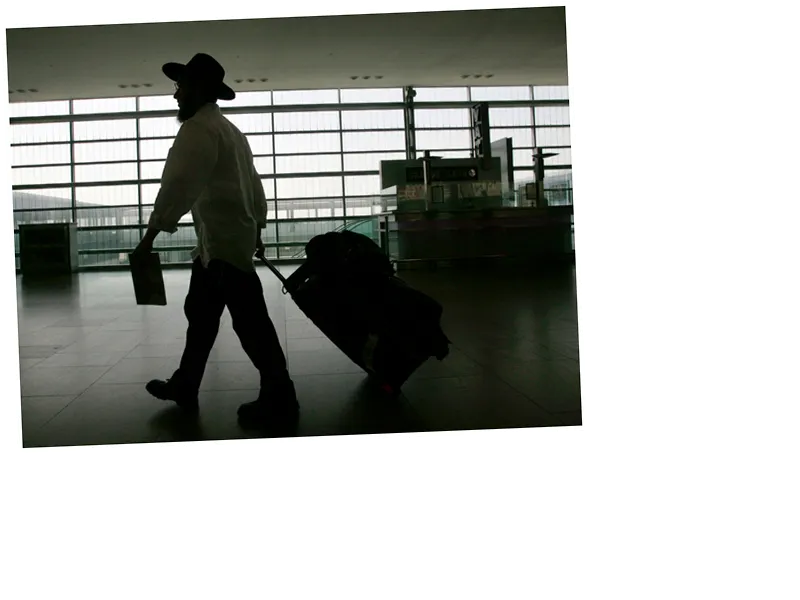The resistance aims to make the occupation feel that its survival is much more costly than its removal. This ongoing conflict, particularly between the Palestinian resistance and the Israeli occupation, illustrates a profound struggle where military might often overshadows popular resistance. However, the Palestinian resistance seeks to instill a sense of perpetual threat to the occupation, thereby increasing its costs over time. The recent Al-Aqsa Flood operation exemplifies this strategy, resulting in significant casualties and unrest within Israeli society. Many Israelis are now questioning the safety of their homeland, leading to a notable increase in emigration.
As reported by Zaman magazine, approximately 470,000 Israelis have immigrated since the onset of the Al-Aqsa Flood operation, a stark contrast to the previous year's immigration rates. The decline in new Jewish immigrants to Israel, which dropped by 50% in October 2023 alone, signals a growing trend of reverse migration. By June 2024, estimates suggested that half a million Israelis had left the country, reflecting a broader discontent with the current political and security climate. Factors contributing to this trend include fears of religious extremism, political frustration, and personal safety concerns.
An investigation by Forward highlighted that many Israelis are increasingly disillusioned with their government, feeling betrayed by its failure to provide security. The rise of the far-right has exacerbated these sentiments, prompting many to seek refuge abroad. The cultural stigma surrounding emigration is gradually dissipating, as more citizens view relocation as a viable option for a better future. This shift may lead to significant demographic changes in Israel, potentially resulting in a more closed and extremist society.
The recent conflict has not only intensified the ongoing resistance but has also revealed the fragility of the Israeli occupation's social fabric. As citizens grapple with the implications of the Al-Aqsa Flood operation and its aftermath, the potential for a long-term demographic shift continues to rise, challenging the future of the occupying state.






